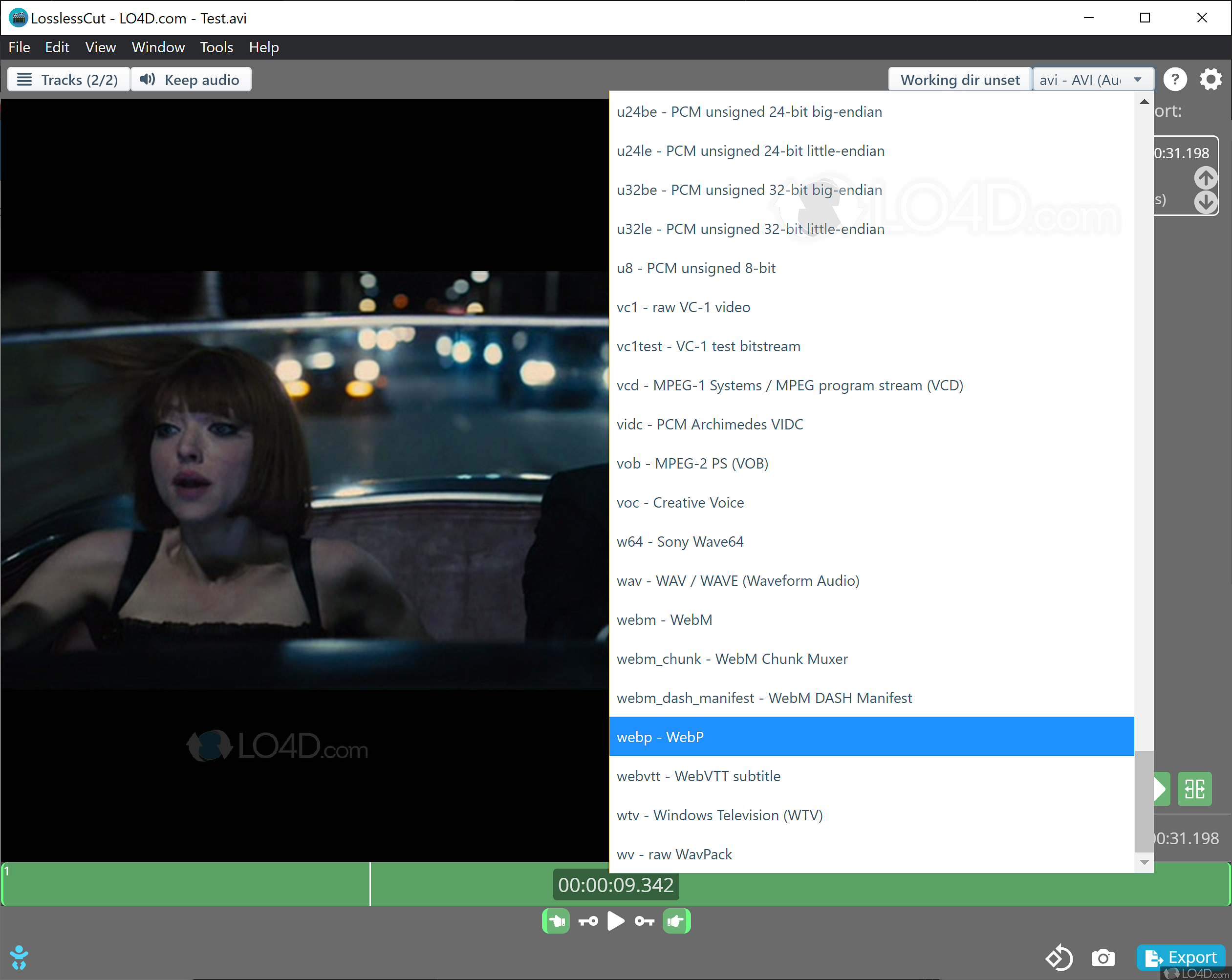

Or, instead of using the previous sample as input, we could use the delta of the previous two, or we could group the previous n samples and use them as one input. We can also create predictors which instead of correlating the previous sample correlate the sample n samples previous. the second filter takes the output (that is, the residual and not the prediction!) of the first filter as input). The first step is to use multiple filters, applying them to the data successively (i.e. A simple method to adapt weight would be to increase it when the last prediction was too low, and decrease it when the last prediction was too high (taking into account the possibilities of negative correlation of course).įrom here we can improve things in a number of ways. That is, we use a formula of the form prediction = lastSample * weight, and we adaptively adjust the value weight. In order to begin building more complicated filters, the first step is to adapt the 'correlation' between the lastSample and the prediction. The simplest is simply a delta filter, that is prediction = lastSample. Sample = residual + predictor(lastSample)Ī number of different predictors are used in La.

Residual = sample - predictor(lastSample)Īnd then to recover the original sample when decoding, we simply use: A filter can thus be created out of any predictor, such that the output value (residual) is the difference between the actual sample and the prediction, i.e. The predictor may of course internally store some state / history. A predictor here being a function which is passed the previous sample and returns a prediction of the next. In La, most of the filters used are constructed out of predictors. For the purposes of lossless audio compression, the transformation must be done in such a way that it is reversible and hopefully the transformation will reduce the range of numbers so that they compress better. This explanation will focus mainly on the filtering aspect, as this isĪ filter essentially takes a set of numbers and returns a new set. Lossless audio compression is split into two main parts - filtering and entropy coding. With lossless audio compression, the devil is in the details, and there are a lot of details which I haven't even begun to cover here.Īlso, it should be noted that the most of the ideas presented here are not original to La, but were already present in existing coders such as Wavpack and Monkey's Audio. Note that simply reading this will not provide you with enough information to write an encoder with comparable compression to La, however may help you get started. This explanation is intended as a general introduction to the techniques used by La. La is a lossless audio compressor featuring the highest available compression of any such program.


 0 kommentar(er)
0 kommentar(er)
